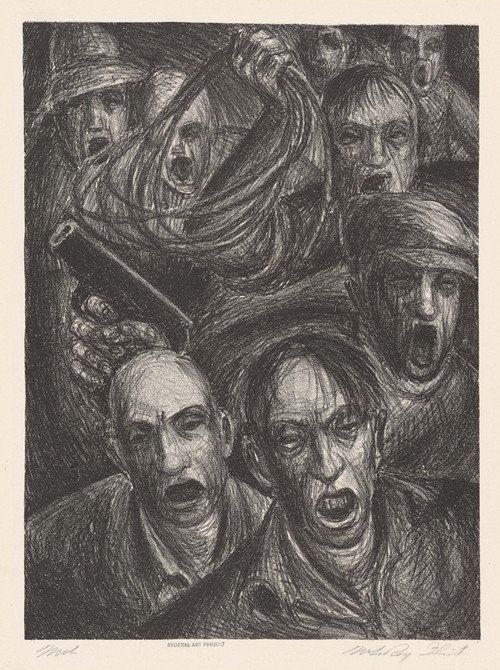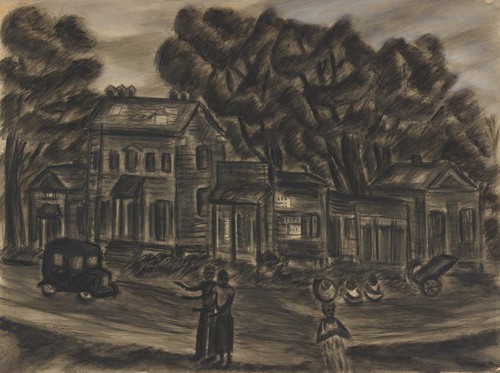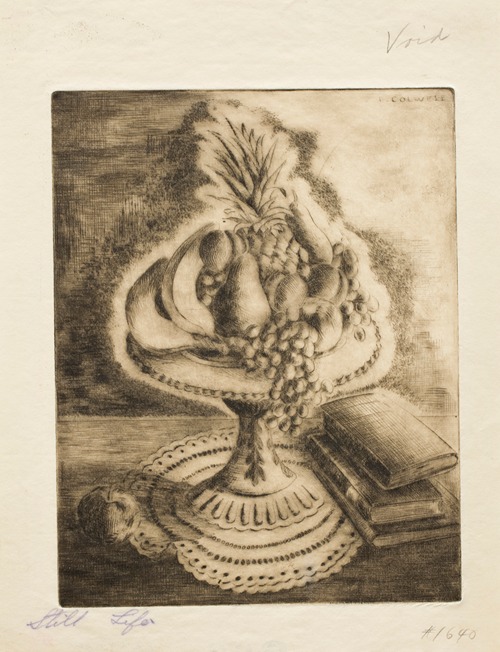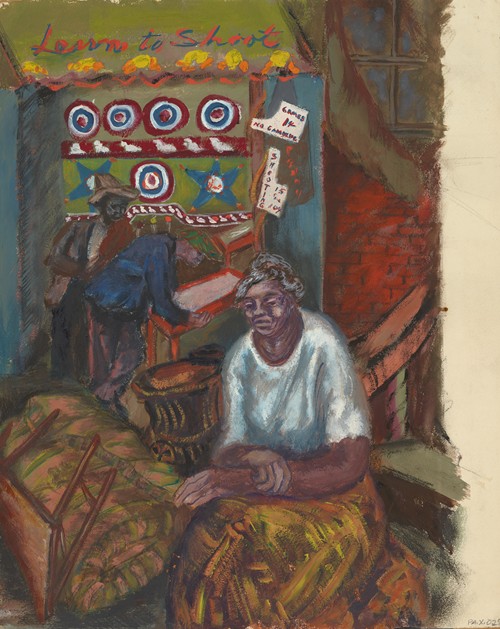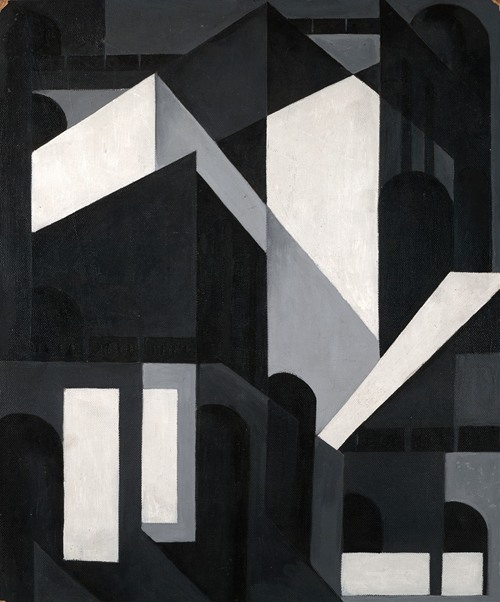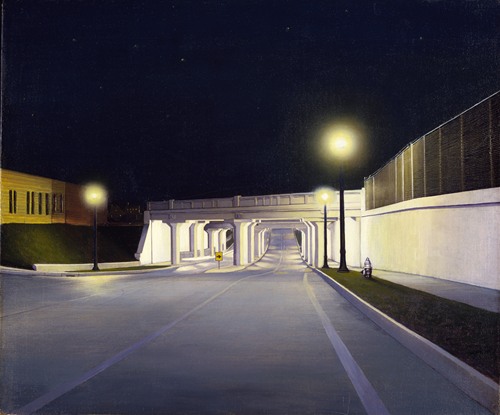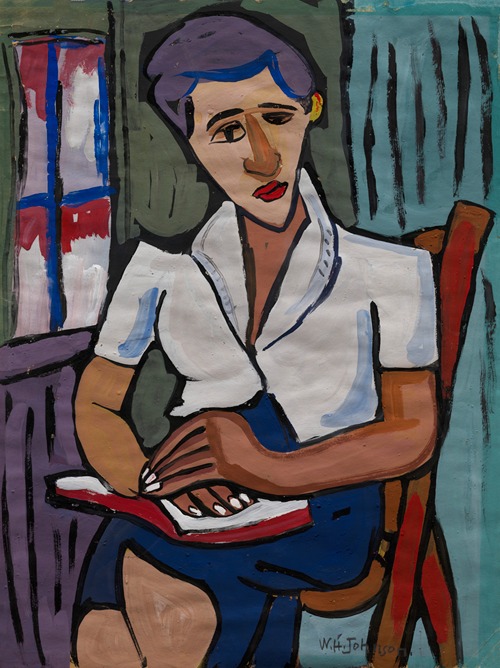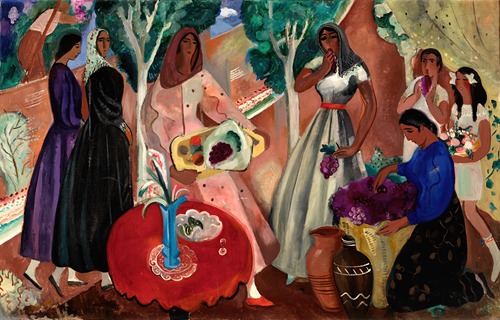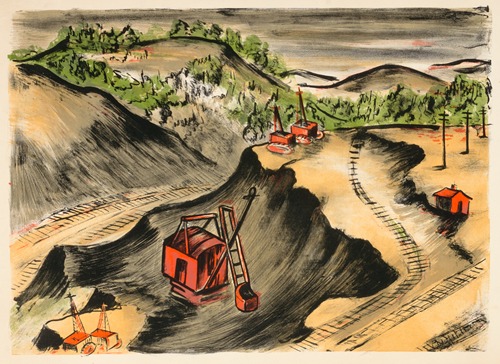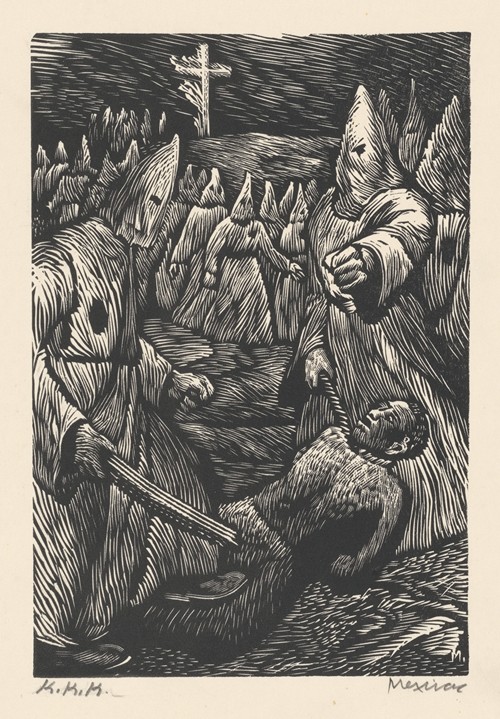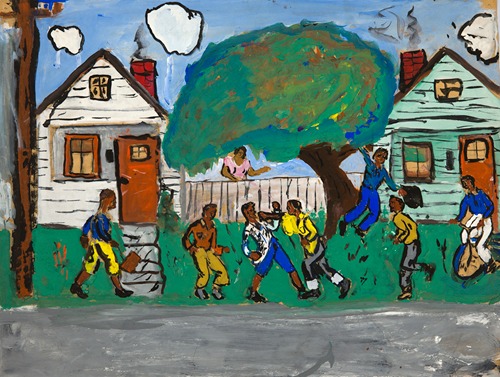
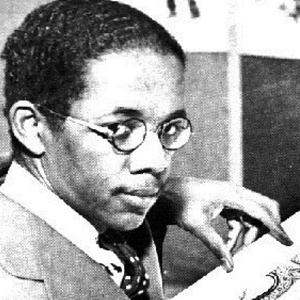
Allan Rohan Crite was a Boston-based African American artist. He won several honors, such as the 350th Harvard University Anniversary Medal.
Crite was born in North Plainfield, New Jersey, on March 20, 1910. The family relocated to Massachusetts and from the age of one until his death Crite lived in Boston's South End. Crite's mother, Annamae, was a poet who encouraged her son to draw. Showing promise at a young age, he enrolled in the Children's Art Centre at United South End Settlements in Boston and graduated from the English High School in 1929. His father, Oscar William Crite, was a doctor and engineer, one of the first black people to earn an engineering license.
Though he was admitted to the Yale School of Art, he chose to attend the School of the Museum of Fine Arts in Boston and graduated in 1936.
Recognition came early as well. His work was first shown at New York's Museum of Modern Art in 1936.
Crite then attended Harvard Extension School, where he earned a BA degree in 1968.
Crite was among the few African-Americans employed by the Federal Art Project. In 1940, he took a job as an engineering draftsman with the Boston Naval Shipyard; it supported his work as an artist for 30 years. He later worked part time as a librarian at Harvard University's Grossman Library.
In 1986, Boston named the intersection of Columbus Avenue and West Canton Street, steps from his home, Allan Rohan Crite Square.
In 1993, Crite married Jackie Cox-Crite. Together they established the Crite House Museum in their home at 410 Columbus Avenue in Boston's South End.
Suffolk University awarded him an honorary doctorate in 1979.
He died in his sleep of natural causes on September 6, 2007, at age 97.
His widow established the Allan Rohan Crite Research Institute to safeguard his legacy, which Crite never thought important, by authenticating and cataloging his many scattered works.
